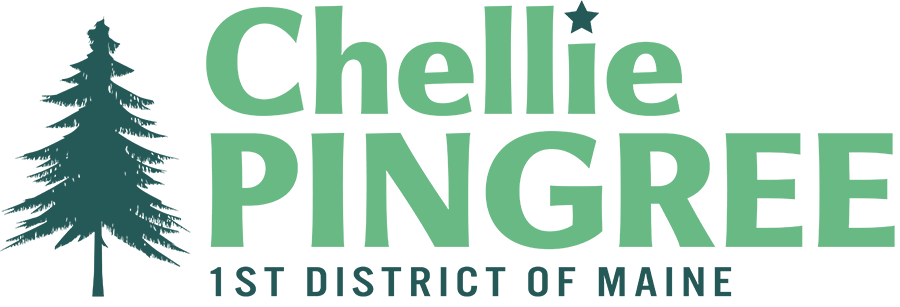With the number of cases rising steadily in recent years, Lyme disease is a growing problem in Maine and other states. As a member of the bipartisan House Lyme Disease Caucus, I'm working to educate Members of Congress about Lyme disease and to help ensure support for programs dedicated to prevention and effective treatments. I'm working to make sure we're doing everything we can to confront it on the federal level, but we all need to take steps to limit our risk.
Look below for Maine resources on prevention, tick identification, ongoing research and more, as well as policy updates from Washington.
Best,
Chellie
Fiscal Year 2022 Appropriations Bill Funding
- $20.5 million for CDC Lyme Disease and Related Tick-Borne Illness research
- $114 million for NIH Lyme and Tick-borne disease research
- $7 million for Department of Defense Congressionally Directed Medical Research (CDMRP) Peer-reviewed tick-borne disease research
Legislation I've Cosponsored
- Stamp Out Lyme Disease Act (Rep. Delgado): Would create a postage stamp to fund National Institute of Health Lyme disease research and development of treatments for tick-borne diseases.
- National Lyme and Tick-Borne Diseases Control and Accountability Act in the 116th Congress (Rep. Christopher Smith): Would establish the Office of Oversight and Coordination for Tick-Based Diseases within the Department of Health and Human Services. This office would be tasked with creating a national strategy to address Lyme disease and other tick-borne diseases.
Resources
National Centers for Disease Control
- Go here for Information on the signs and symptoms of Lyme disease, treatment, and educational materials.
Maine Center for Disease Control
University of Maine Cooperative Extension
Maine Medical Center Research Institute Vector-borne Disease
- MMCRI is a national leader in researching Lyme disease. Find out more here about their research, as well as information on ticks and tips for prevention.
Downloadable publications and materials
